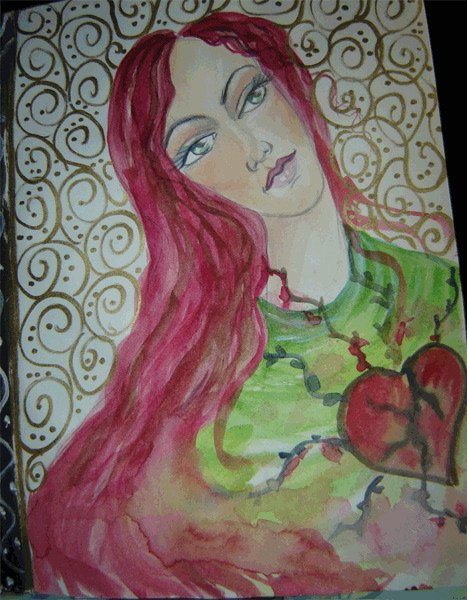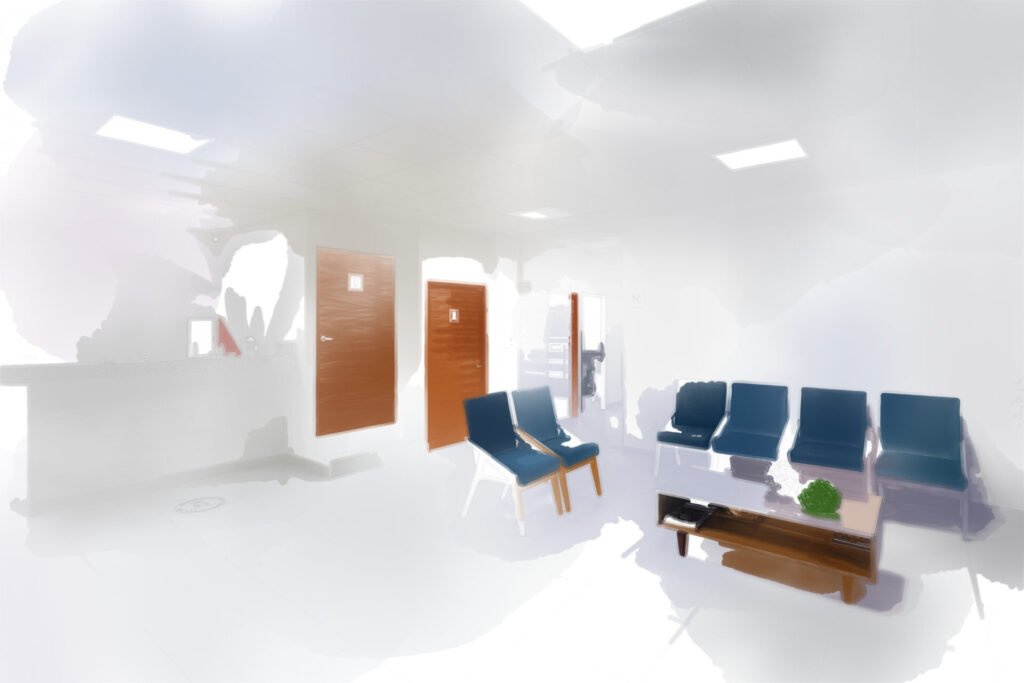Long Appointment Coming Up?
Long waits in doctor’s offices or medical clinics can feel like a drain on time and energy. But for artists, these windows of stillness can be reimagined as productive moments. With a waiting room sketchbook on hand, you can convert idle time into intentional creative exploration. These habits not only help you stay centered and focused but also transform uninspiring environments into unexpected sources of artistic fuel.
In this guide, we’ll explore how to use your sketchbook in waiting rooms to develop consistent drawing habits, reduce stress, and reclaim productivity—even under fluorescent lights and slow-moving appointment schedules.
Why Sketch in Waiting Rooms?
Let’s face it—most waiting rooms aren’t exactly inspiring. But therein lies the opportunity. When your environment is stripped down to quiet observation and limited movement, your creative brain is free to roam within your sketchbook’s boundaries.
Sketching during medical appointments or DMV visits offers:
- A calming alternative to phone scrolling
- A way to practice observational drawing
- An emotional buffer against stress or anxiety
- A creative habit tied to real-life consistency
Instead of treating long waits as wasted time, you begin to associate them with a form of quiet, portable creative ritual.
What to Pack for Sketching on the Go
Portability is key. Waiting room sketchbook practice thrives on minimalism. Consider this essential on-the-go toolkit:
- Small sketchbook: Choose one that fits in your bag or coat pocket
- Pen or mechanical pencil: Clean, no sharpening needed
- Brush pen or fineliner: Adds contrast without mess
- Optional extras: Colored pencils, a glue stick, or a tiny watercolor set
The best tools are the ones you’ll actually use. Don’t overpack—this habit is about ease, not perfection.

Sketchbooks.org | ARTIST MARKETING GUIDE
Effective Marketing Strategies for Selling Art Locally | That Actually Work
Know Your Local Art Ecosystem Unlocking effective marketing strategies for selling art locally can transform your creative practice from isolated studio work into a thriving, community-based business. While the internet has its perks, local sales...
Choosing Sketchbook Exercises That Work in Public
Since you’re in a shared, often quiet environment, sketchbook activities should be subtle and self-contained. Here are a few drawing prompts that work well during long appointments:
- Contour line drawings of bags, shoes, or nearby furniture
- Gesture sketches of people waiting (from a respectful distance)
- Object studies like medical posters, water bottles, or lamps
- Mood lines where you express boredom, nervousness, or calm through mark-making
- Mini comics of your waiting room experience
These low-pressure activities train your observation skills and help you stay grounded while sketching discreetly.
Embracing Limitations as Creative Fuel
The lack of stimulation in waiting rooms often forces your imagination to do the heavy lifting—and that’s a good thing. Without curated inspiration or comfort zones, you stretch your creativity through repetition, abstraction, and adaptation.
If your view never changes, draw the same chair from different angles. Invent stories for people walking by. Translate the ticking clock into rhythmic lines. Creative focus is a muscle—and waiting rooms are your gym.
Managing Attention and Anxiety While You Wait
Using a sketchbook during long appointments can calm anxiety and redirect fidgety energy. The focused nature of drawing activates the brain’s default mode network, which helps regulate stress and maintain emotional balance.
You don’t have to be “in the mood” to benefit—simply opening the sketchbook and making marks can help your body feel engaged and your mind soothed. Bonus: it makes the wait time feel shorter.

credit: malvi
Turning the Habit Into a Ritual
Waiting room sketchbook routines gain strength through repetition. Consider weaving these micro-practices into your regular schedule:
- Bring your sketchbook to every appointment, even if you don’t always use it
- Start with one-minute warm-up sketches as a mental reset
- Log the date and location at the bottom of each page to build visual memory
- Pair sketching with a comfort item—tea, music, or your favorite pen
These rituals give structure to unstructured moments and help build a reliable habit you can access anywhere.
Using These Sketches Later in Studio Work
Your waiting room sketches aren’t just disposable doodles—they can be valuable creative assets. Later, you might:
- Refine them into larger illustrations
- Use compositions or poses in character design
- Create zines or visual journals around your experience
- Pull out unexpected color combinations or patterns
These pages become a portable archive of both your art and your everyday life, layered with emotion, context, and intuition.
Frequently Asked Questions
How can I sketch in a waiting room without feeling self-conscious?
Keep your gestures small and your materials simple; the more you do it, the easier it gets.
What’s the best sketchbook size for appointments?
A5 or pocket-sized notebooks are ideal for balancing portability and space.
Can I sketch people in the waiting room legally?
You can sketch anonymously or gesturally—avoid identifiable likenesses to respect privacy.
How do I stay focused if my appointment stress is high?
Start with non-detailed mark-making or abstract patterns to ease tension.
Is digital sketching okay for these sessions?
Absolutely—tablet sketching works well, just be sure to mute notifications.
What if I forget my sketchbook?
Use scrap paper, receipts, or even a note app to capture the moment.
Do I need drawing skills to start?
Not at all—this is more about mindfulness and process than polished results.
How long should I sketch during an appointment?
Even five to ten minutes of engagement can reset your mood and build habit strength.
Final Thoughts
Transforming long appointments into waiting room sketchbook sessions is a creative alchemy—turning time you can’t control into time that nourishes you. With simple tools and focused intention, even the most clinical space becomes a backdrop for personal growth, visual storytelling, and emotional regulation. These moments don’t need to be grand—they just need to be yours.
Whether it’s a sketch of your shoe, a stranger’s slouched posture, or abstract spirals while waiting for your name to be called, every mark is a declaration: I choose presence, I choose creativity, even here. Especially here.
Ready to Share Your Work?











Making sketches at the doctors also takes your mind off of why you are there in the first place :)
I have a cute book that fits in my purse. Dr Doodles